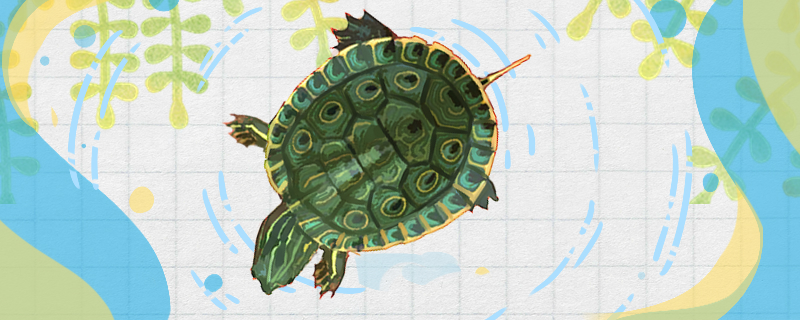
1. Space: The doughnut turtle is a better turtle to raise. First of all, we should prepare aquaculture containers, preferably with a higher and large enough capacity of the aquarium, a small piece of land is set up in the tank, there should be a drying table on which they can bask in the sun, some green plants are planted around, and some water plants, sand and stones can be put in the water area to construct a good ecological environment.
2. Feeding: When breeding donut turtles, reasonable feeding is a very important link. This kind of tortoise belongs to the kind of tortoise that eats omnivorous food, the food that can eat is more, the food of animal kind and plant kind they can eat. The main animal food is a variety of insects, fish and shrimp, lean pork and other meat, they also like to eat. There are also many plant foods, such as fruits, vegetables and so on, which can be fed. However, before feeding, pay attention to disinfecting, washing and chopping before feeding.
3. Water temperature: It is important for the donut turtle to adjust the water temperature properly. The change of water temperature directly affects their health and growth and development. The suitable water temperature for this turtle is 23-28 degrees, and try to keep it in this range. If the water temperature is too low, heating rods can be set in the water to adjust the temperature.
4. Water quality: In order to raise sweet ring turtles well, suitable water quality is a necessary condition for their growth and health. In order to maintain good water quality, water needs to be changed regularly. When changing water, do not replace it all at one time, just replace half of it.
Donut turtle and grass turtle is best not put together mixed breeding. First of all, from the personality point of view, the donut turtle's personality is more fierce, but also more irritable, if it is to grab food, the grass turtle may not be able to grab the donut turtle, in the process of breeding may also appear grass turtle bitten by the donut tortoise. In addition, from the point of view of habit characteristics, the habits of the two are also different. Therefore, it is not recommended to keep them together. If they must be mixed, they can be raised together from a relatively young age, and it is best to feed them separately to avoid conflicts.